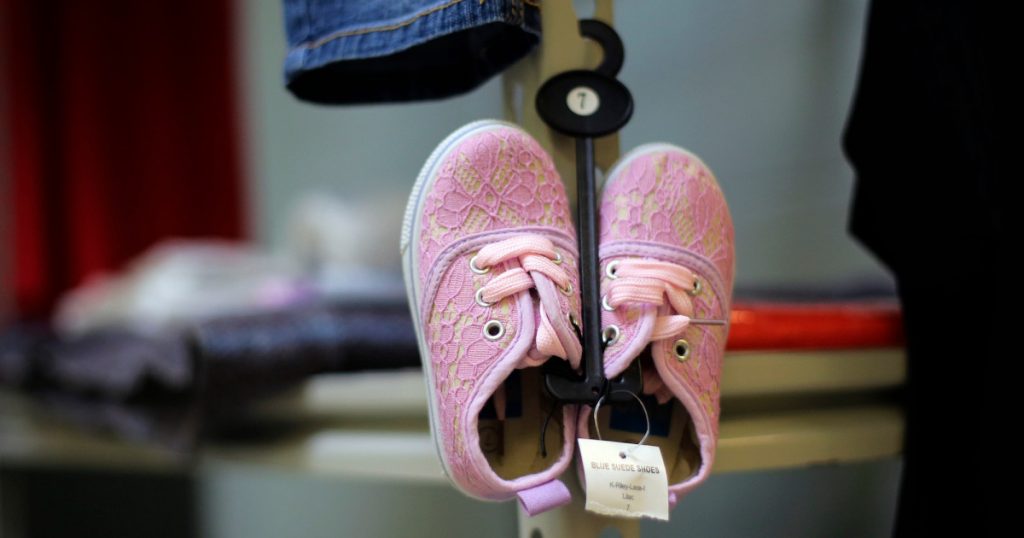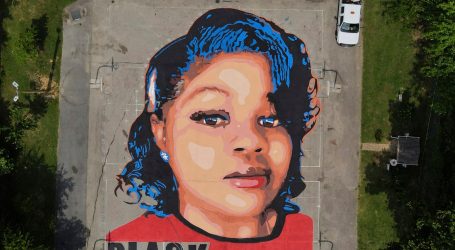The Trump Administration Is Looking for Space to Detain 15,000 Immigrant Parents and Children
Eric Gay/AP
Looking for news you can trust?Subscribe to our free newsletters.
Immigrations and Customs Enforcement is looking for space to detain 15,000 immigrant parents and children—six times the number of people held in the government’s existing family detention centers. That’s according to a request for information posted Friday afternoon on FedBizOpps.gov, a site used by federal agencies soliciting bids from private contractors and other government entities.
Potential new facilities would “ideally” be located along the southwestern border, in Arizona, California, New Mexico, and Texas, according to the request, which ICE says it issued for “planning purposes.”
There are a few barriers in Trump’s way as he tries to expand family detention, one of the driving purposes of his June 20 executive order. For one thing, there’s the Flores settlement, a federal ruling that prohibit the government from locking up migrant children for more than 20 days, which the Department of Justice is trying to modify. Then there’s the cost: Family detention is expensive, and new facilities would likely require additional appropriations from Congress. The so-called “compromise bill” proposed by House Republicans frees up $7 billion for family detention centers.
As I reported yesterday:
Family detention centers, sometimes known as “baby jails,” aren’t new. The Obama and Bush administrations held migrant families in detention centers for months on end, and Immigration and Customs Enforcement still keeps around 2,500 parents and children in three facilities. Those include two large facilities run by private prison companies in tiny south Texas towns, plus a publicly operated detention center in a former nursing home in Pennsylvania. Family detention centers must meet higher standards than adult-only detention centers and cost taxpayers more than $300 per detainee per day.
Together, ICE’s family detention centers have the capacity to hold approximately 3,650 people. As of June 4, those family detention centers were about 70 percent full, according to ICE. With Border Patrol agents apprehending roughly 9,000 “family units” per month along the US-Mexico border since March, Trump’s “zero tolerance” border policy could fill up the existing family detention centers quickly.
The contractors most likely to answer ICE’s call are private prison companies, which already detain nearly all of the families in ICE custody. CoreCivic, the country’s second largest private prison company, currently runs America’s largest immigrant family detention center, the 2,400-bed South Texas Family Residential Center in Dilley, Texas:
CoreCivic’s detention center in Dilley still holds families—about 2,000 people as of June 4, according to an ICE spokesperson. DHS currently pays CoreCivic roughly $200 million per year for the facility. It also pays the GEO Group—the country’s largest private prison company, which holds about 32 percent of all immigration detainees—to hold families at the 1,158-bed Karnes County Residential Center in Texas.
Perhaps the only winners amid the crisis sparked by Trump’s family separation policy are CoreCivic and GEO, which saw a 3.5 and 1.8 percent bump in their respective stock prices after the president signed his executive order on Wednesday.





